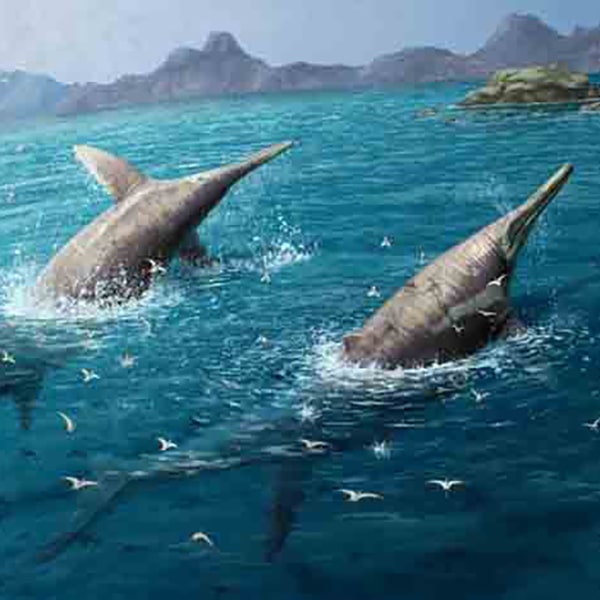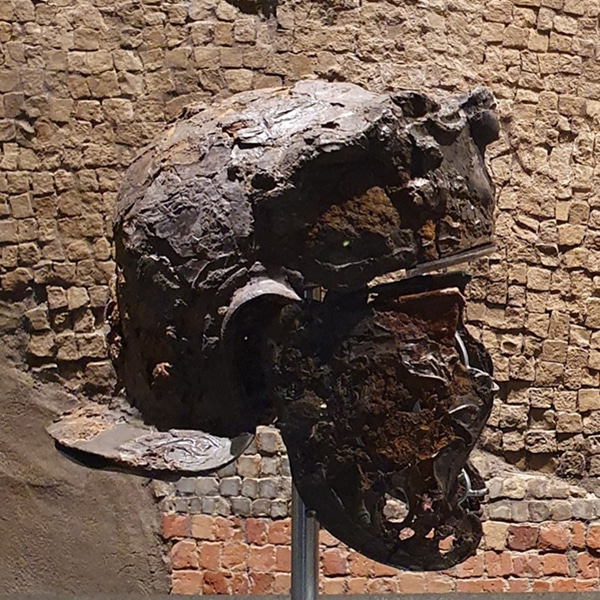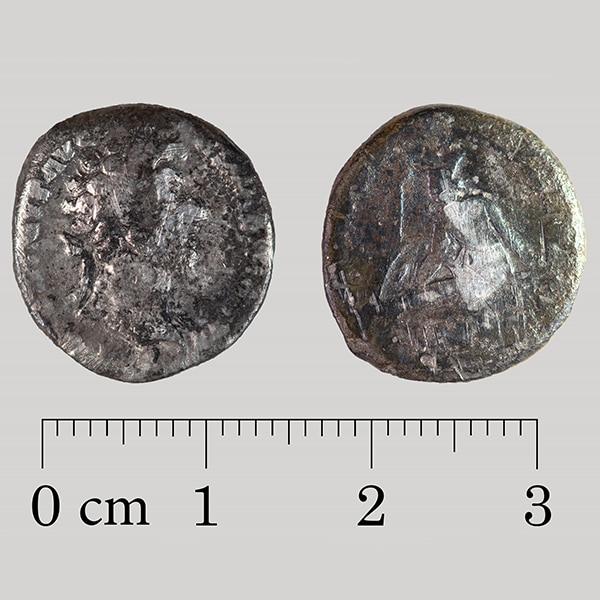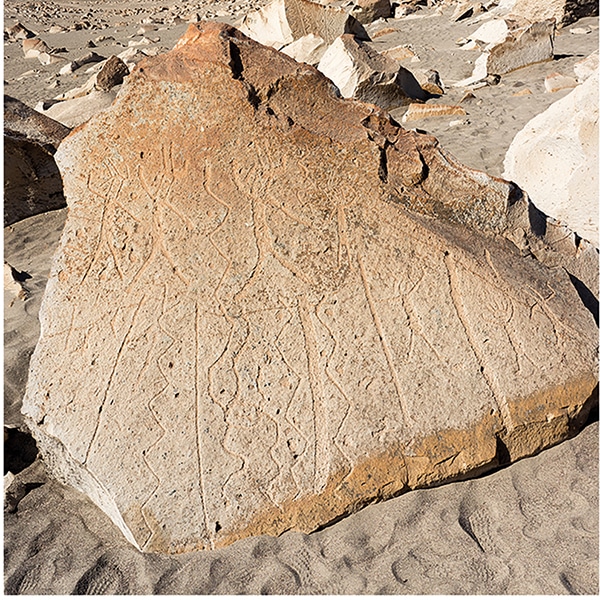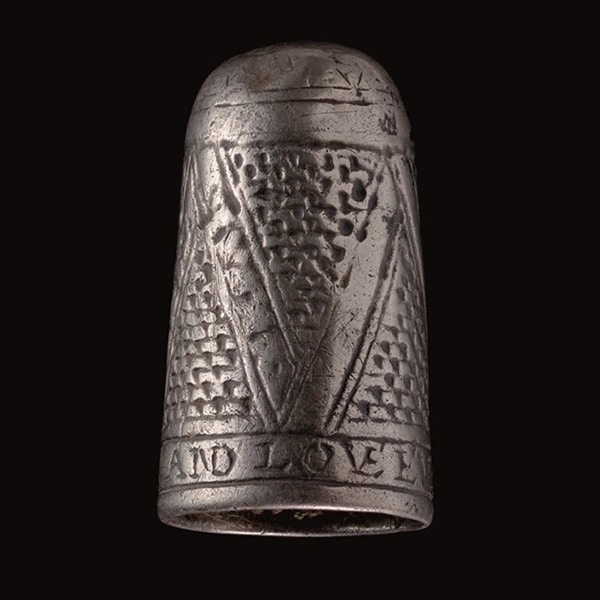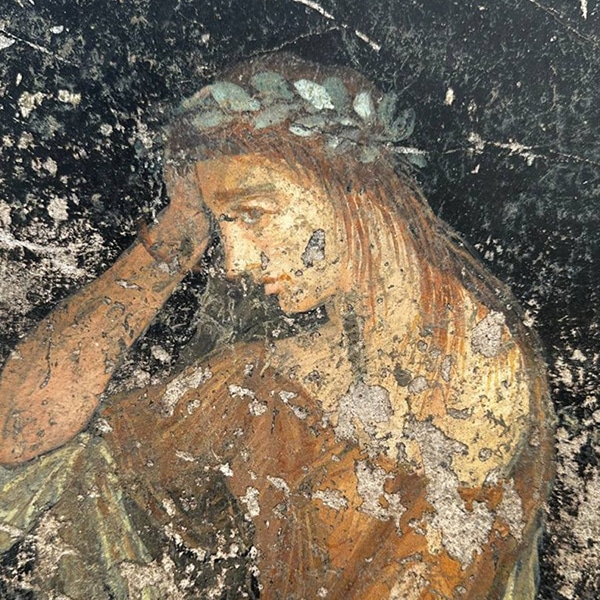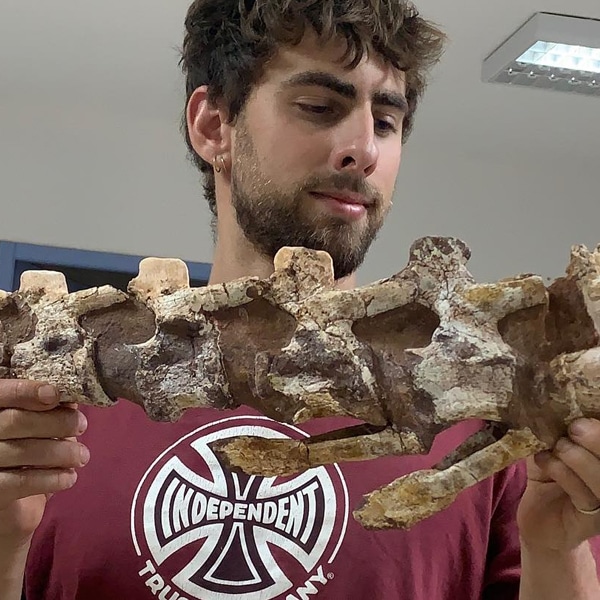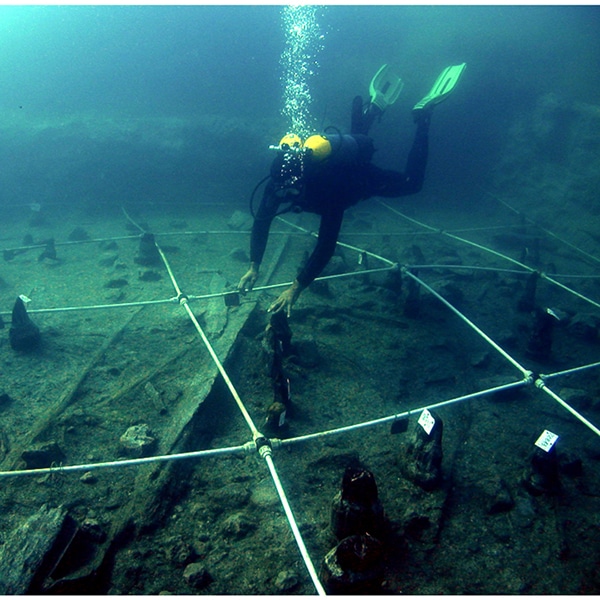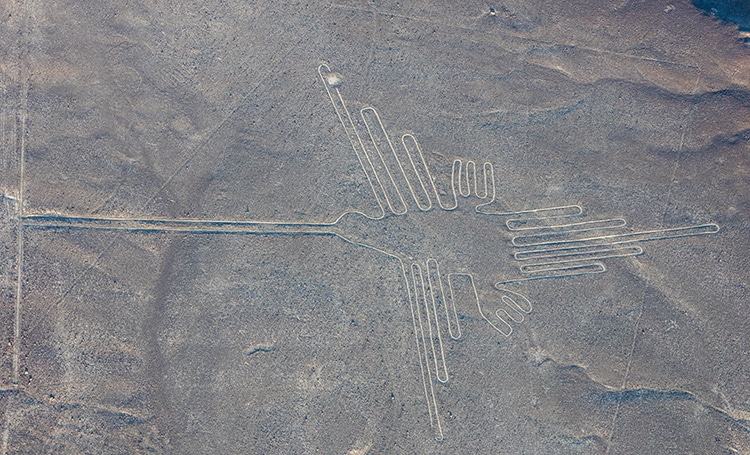
Hummingbird lines. (Photo: Diego Delso, delso.photo via Wikimedia Commons, CC BY-SA 4.0)
Geoglyphs—drawings etched into a landscape by either piling materials like stones or removing dirt to expose stones—are fascinating, often mysterious messages left behind by ancient cultures. A famous example is the Nazca Lines in Peru. These etchings of animals, humans, and abstract pictures date back to between 500 BCE and 500 CE. While over 350 of them have been discovered across 170 square miles, a recent paper in Journal of Archaeological Science has identified four new glyphs using artificial intelligence (AI) tools, a burgeoning trend in archeology.
Researchers from IBM Japan and Yamagata University used an AI tool which can help analyze vast amounts of data to discover hidden secrets. The tool scans massive amounts of aerial footage, in this case from the Nazca Desert in Peru. The tool is one called deep learning, meaning that the algorithm learns to look for certain characteristics which help it identify the geoglyphs hidden throughout the footage. The team claims the deep learning tool is 21 times faster than searching with human eyes. Since known glyphs are similar, these similarities help identify the new. Rather than looking for the same etched cat as seen elsewhere, the tool looks for component parts. By doing this, new designs can be picked out.
As explained in a statement, “Deep learning models learn from (typically) a large amount of image data to understand the hierarchical features of objects. Based on such learning, they acquire the ability to accurately detect objects that appear in new images.” It further notes, “Deep learning is a method of machine learning that builds and trains neural networks, which are inspired by the interconnectedness of nerve cells in brains, to enable computers to learn the features from large amounts of data and to subsequently make predictions or decisions. It demonstrates high performance in tasks such as image recognition, speech processing, and natural language processing.”
While the reasons ancient humans created the Nazca Lines remains obscure, they certainly depict many familiar designs modern viewers will recognize. These include trees, flowers, cats, lizards, and monkeys. The newly discovered geoglyphs are a pair of legs measuring 256 feet tall, a fish measuring 62 feet long, and a 56-f00t-long bitd. Given the new possibilities of AI, it is quite possible more fascinating geoglyphs around the world are just waiting to be discovered and studied.
AI tools enabled researchers to find four more Nazca Lines— ancient etchings in the Peruvian landscape featuring animals, geometric shapes, and other designs.

The newly discovered geogylphs. (Photo: M Sakai, et al. )
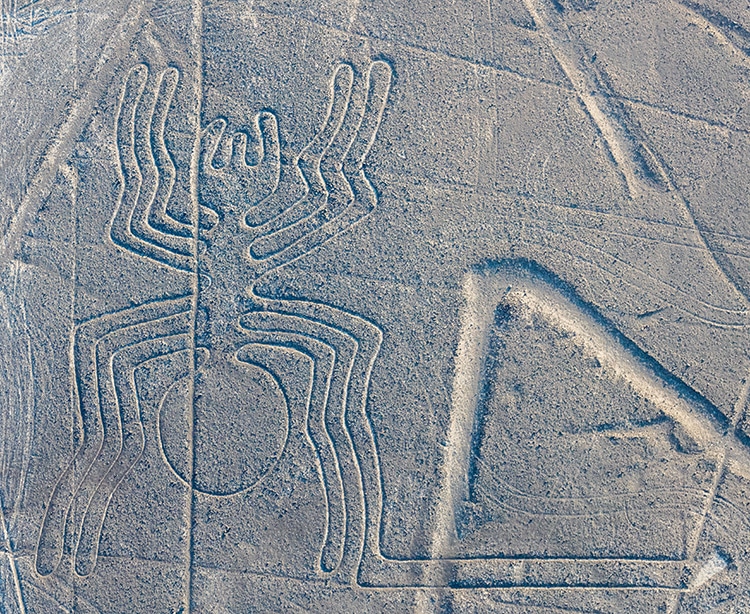
Spider. (Photo: Diego Delso, delso.photo via Wikimedia Commons, CC BY-SA 4.0)
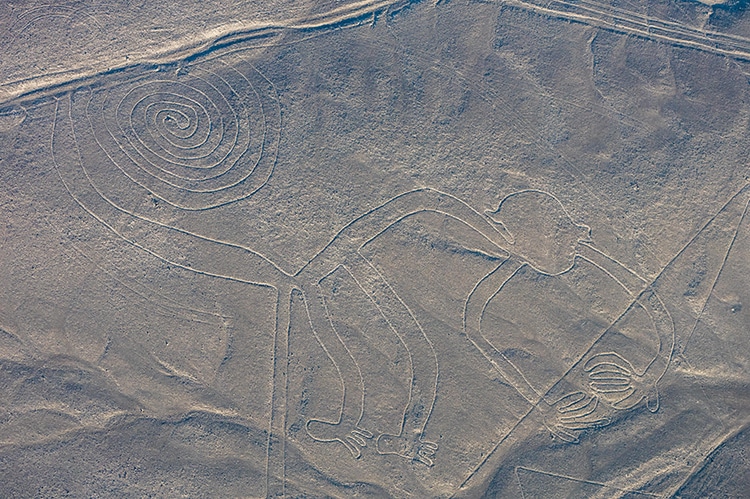
Monkey. (Photo: Diego Delso, delso.photo via Wikimedia Commons, CC BY-SA 4.0)
h/t: [IFL Science, Art News]
Related Articles:
View the Reconstructed Face of a 30,000-Year-Old Egyptian Man
Listen to the World’s Oldest Sheet Music, a Mesopotamian Hymn Over 3,000 Years Old
Dutch Metal Detectorist Discovers a Medieval Hoard of Gold Jewelry and Silver Coins
Researchers Discover the Earliest Recorded Kiss Was 4,500 Years Ago












































































